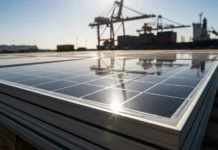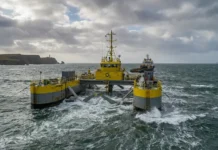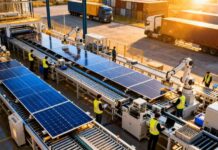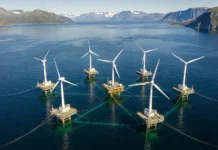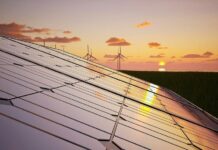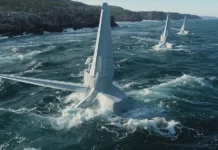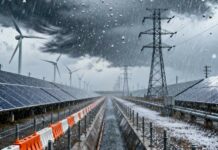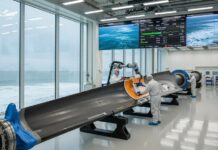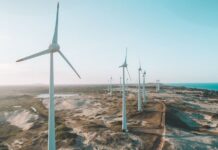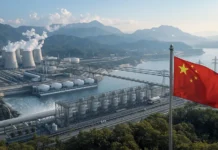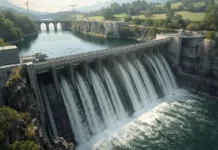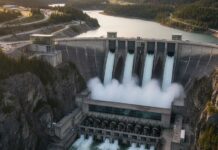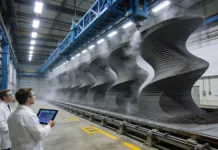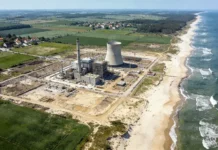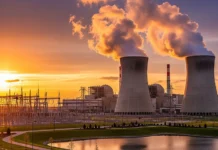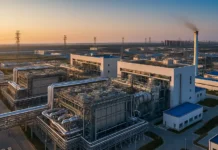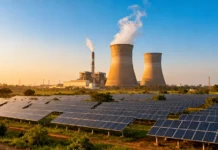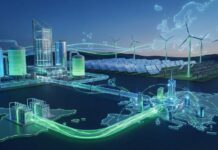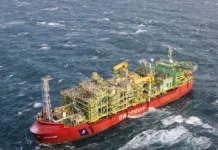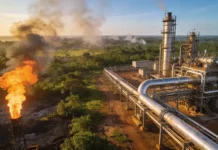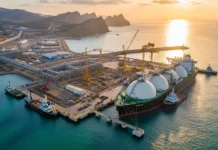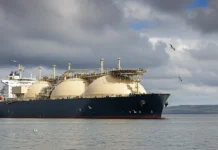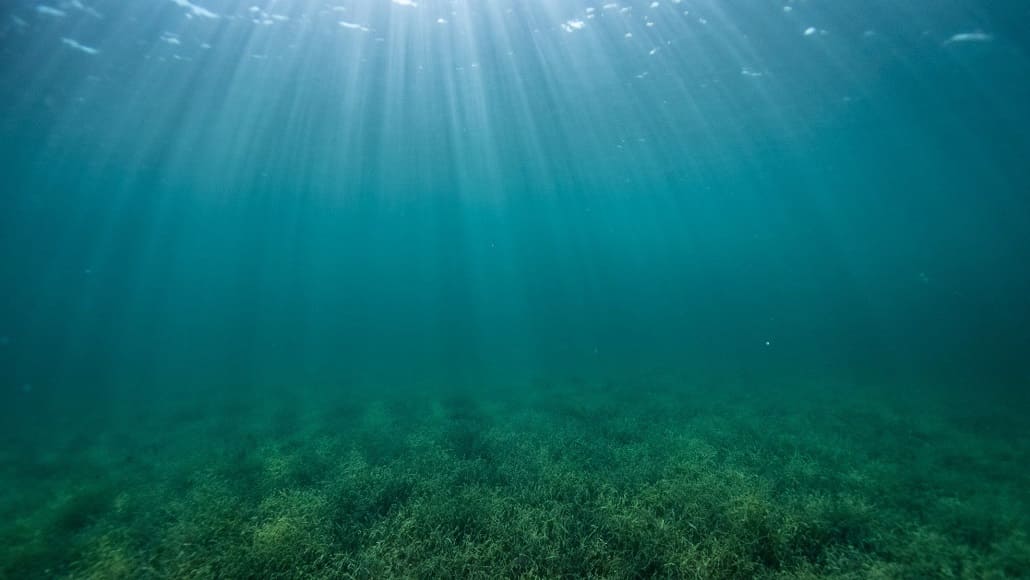By generating up to 45,000 tonnes of green hydrogen production a year, Europe is looking to the North Sea to open up a new source of renewable energy.┬Ā Traditionally used for the extraction of oil and gas, this region is currently receiving more attention as a crucial location for the development of offshore wind energy, which will fuel the electrolysis process required to create clean hydrogen.┬Ā Because of its steady and powerful winds, the North Sea is a perfect place to develop this new energy industry, which might revolutionise how the continent generates electricity.
An estimated 300 gigawatts of energy will be generated by offshore wind farms in the North Sea, which will provide the electricity required to electrolyse water to make hydrogen and oxygen.┬Ā This technology is essential to Europe’s attempts to lower greenhouse gas emissions and enhance energy security since it produces hydrogen without emitting carbon dioxide.┬Ā A report that was published in Science Direct claims that green hydrogen will “significantly strengthen energy security systems” and is “a vital component for energy evolution through its renewable production methods.”
┬ĀTechnology advancements are also having a big impact.┬Ā As an example, consider the Windcatcher system, a floating turbine installation that serves as a wind energy “wall” to enhance wind energy capture.┬Ā This will expand the amount of electricity available for hydrogen generation when paired with already-existing wind farms.┬Ā The viability of extensive hydrogen projects in the North Sea is further supported by the region’s shallow waters, which reduce installation and maintenance costs.
UK and French Companies Launch Green Hydrogen Pilot in the Southern North Sea
The goal of a new pilot project in the southern North Sea, spearheaded by French hydrogen services provider Lhyfe and UK corporation Centrica, is to show that offshore green hydrogen production, storage, and distribution are feasible.┬Ā The initiative is a component of a larger Memorandum of Understanding between the two businesses to investigate the commercial development of hydrogen infrastructure in conjunction with offshore wind resources.
Colin Brown, the UK and Ireland country manager at Lhyfe, said, ŌĆ£We are pleased to announce this agreement with Centrica, which represents an exciting opportunity to drive forward the clean energy transition through large-scale offshore green hydrogen production.ŌĆØ He added, ŌĆ£Offshore electrolysis coupled with hydrogen storage will maximise the huge potential of offshore wind around the UK.ŌĆØ
The UK government recently boosted its low-carbon hydrogen production objective from 5 GW to 10 GW by 2030, with at least half of that coming from green hydrogen. The pilot project supports this goal.┬Ā This rise is in line with the government’s objectives to reduce reliance on fossil fuels, improve energy security, and help the nation achieve its net zero goals.┬Ā In this endeavour, hydrogen will be crucial, as stated by Martin Scargill, managing director of Centrica Storage: “Hydrogen is going to play a key role in decarbonising the UK’s power supply by 2035.”
Overcoming Obstacles to Achieve Europe’s Hydrogen Goals
Although the North Sea has a great deal of promise for green hydrogen production, many challenges need to be overcome before widespread implementation can happen.┬Ā In order to match rules and investment priorities, cooperation across several nations is also required, necessitating significant efforts from both industry and governments.
Enhancing electrolysis technology and obtaining capital for startup expenses will be crucial phases in this procedure.┬Ā Careful planning and cooperation between the public and private sectors are necessary for the integration of hydrogen into the current energy markets.┬Ā The research emphasises that “solving these obstacles by implementing specific policies and developing public-private collaboration systems will be necessary to realise success.”
Notwithstanding these obstacles, Europe has an opportunity to lessen its reliance on fossil fuels and foster economic growth in sustainable energy sectors by utilising the North Sea’s renewable resources.┬Ā Offshore wind power advancements, strong government backing, and state-of-the-art technologies are all required for the region to become a global leader in clean hydrogen production.



